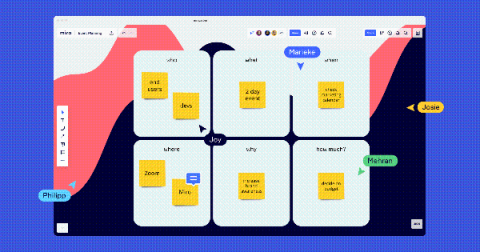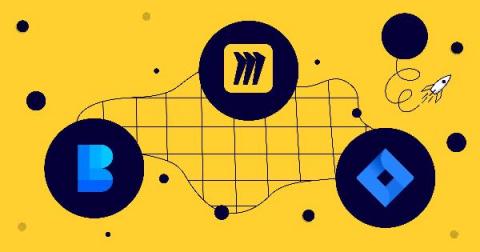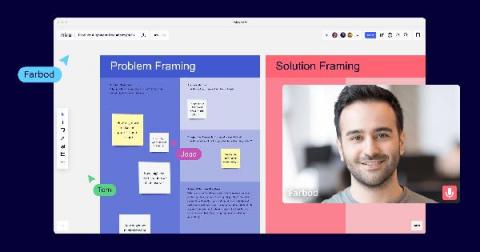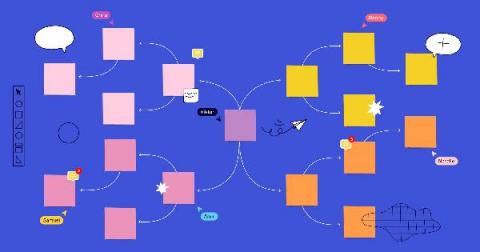A new era: 3 tips for delivering unique value with virtual events
Over the past year, teams around the world sought new ways to collaborate, engage, and connect. Most of us have been trying to figure out how to translate the mainstays of our company’s in-person collaboration and planning — kickoffs, offsites, training, brainstorming — into virtual events. Underlying this process is the assumption that a virtual experience is less valuable, that it’s missing something that only in-person events can offer. But maybe that’s not true.











